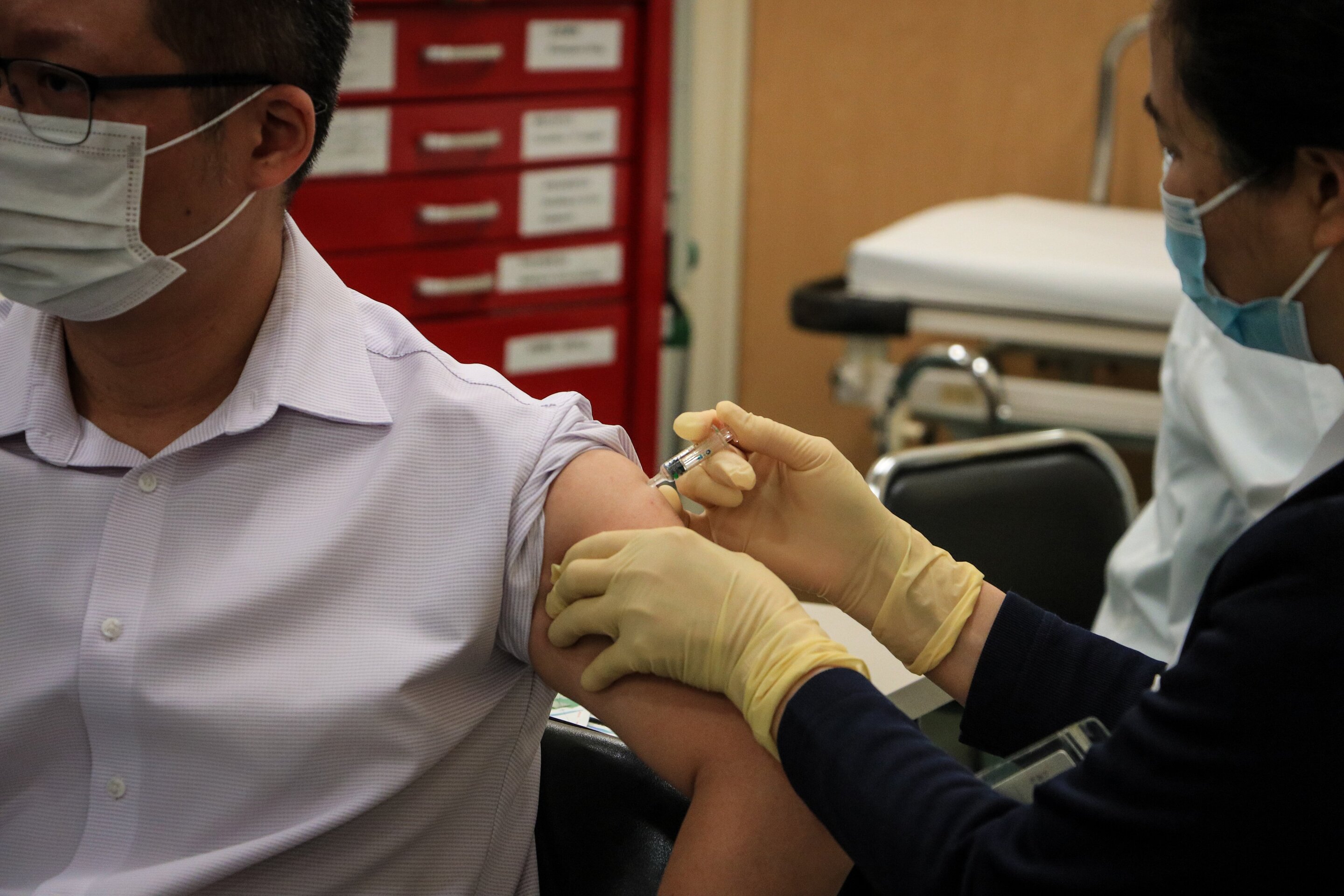#A new toolkit for capturing how COVID-19 impacts crime

“#A new toolkit for capturing how COVID-19 impacts crime”

A new set of assessment tools shows promise in capturing how the COVID-19 pandemic affects patterns of criminal activity. Hervé Borrion of University College London, U.K., and colleagues present this toolkit in the open-access journal PLOS ONE on October 14.
Previous research has demonstrated how crime patterns can be affected by regular seasonal factors, such as holidays and hours of darkness. However, few studies have investigated how crime within a community responds to exceptional events that can significantly disrupt everyday life, such as natural disasters, terrorist attacks, the Olympics, or the COVID-19 pandemic. Preliminary evidence has linked the pandemic to increased rates of domestic violence and steep declines in other forms of crime.
To better understand how responses to the COVID 19 outbreak affected crime patterns, Borrion and colleagues drew on resilience theory, which considers the ability of systems to adapt and survive in the face of perturbations. They used resilience theory as the basis for developing a set of quantitative tools, including mathematical models, that can be used to analyze how the pandemic impacts criminal activity within and between cities.
To demonstrate these tools, the researchers applied them to daily commercial theft data from a large, anonymous city in China that has already resumed routine activities after undergoing a complete wave of COVID-19, using data obtained starting in September 2017 (prior to the outbreak) until April 29, 2020, when the city of the study had already fully exited lockdown measures. They found that commercial theft rates dropped by 64 percent over an 83-day period, before returning to rates that were higher than expected.
This case study shows how the new tools can be used to examine the effects of COVID-19 and other disasters on crime. In particular, the authors highlight the value of the “resilience indicators” they developed, which can capture how criminal activity recovers after a disturbance.
Other researchers could apply this toolkit to further investigate the impact of COVID-19 on crime around the world. The resulting knowledge could inform efforts to better anticipate and more effectively address public safety needs in the face of disaster.
Dr. Borrion notes: “Up until now, ‘crime and disasters’ was a tiny area in crime science. With COVID, researchers have started to realize how much there is to learn from disruptive events…For this work we’ve adopted the perspective of offenders and examined how their business activities have been disrupted by COVID stringencies.”
He adds: “China was the first country in the word where criminal activities that had been disrupted by COVID stringencies have resumed to normal. The more we understand what happened there, the better we can help police agencies across the world.”
Measuring the resilience of criminogenic ecosystems to global disruption: A case-study of COVID-19 in China. PLoS ONE. doi.org/10.1371/journal.pone.0240077
Citation:
A new toolkit for capturing how COVID-19 impacts crime (2020, October 14)
retrieved 14 October 2020
from https://phys.org/news/2020-10-toolkit-capturing-covid-impacts-crime.html
This document is subject to copyright. Apart from any fair dealing for the purpose of private study or research, no
part may be reproduced without the written permission. The content is provided for information purposes only.
For forums sites go to Forum.BuradaBiliyorum.Com
If you want to read more Like this articles, you can visit our Science category.




